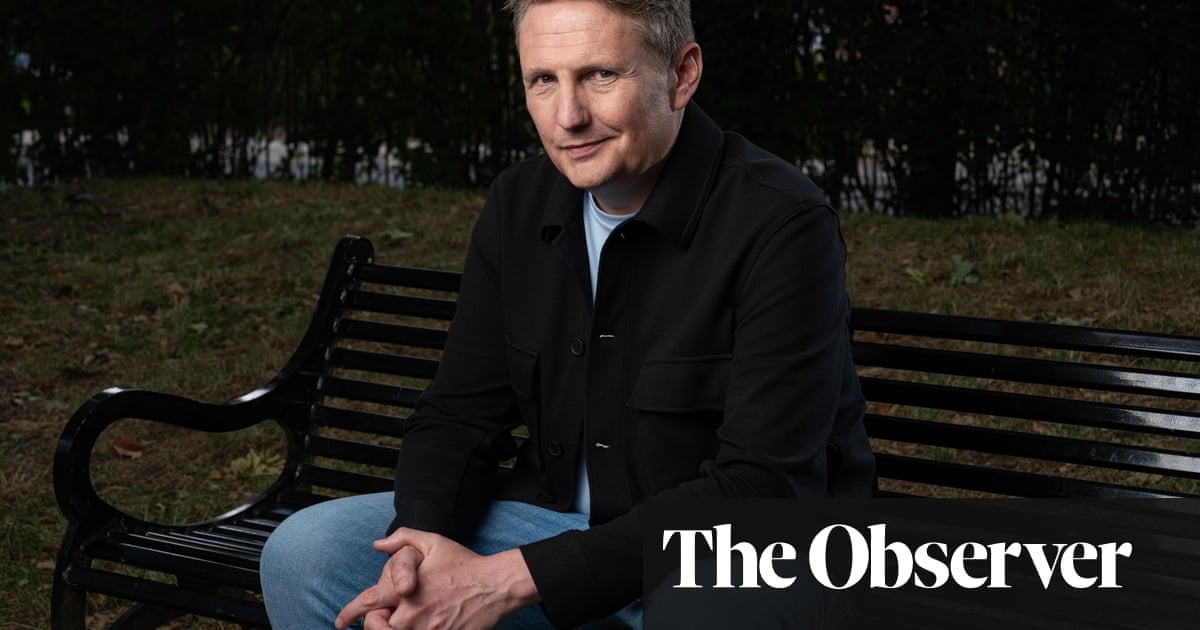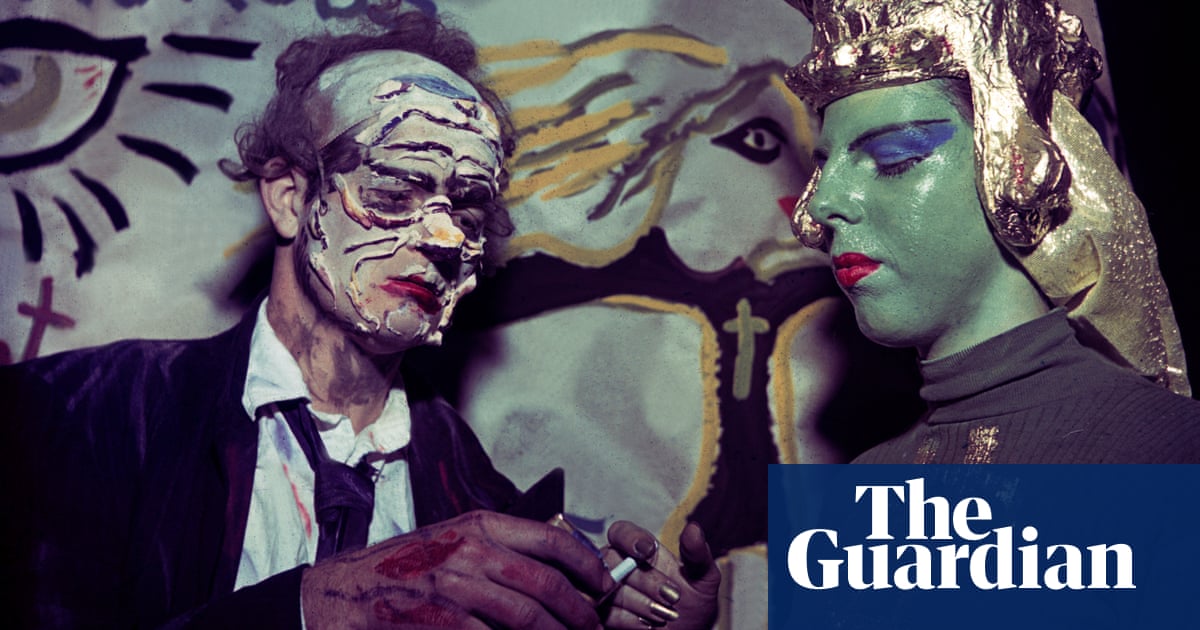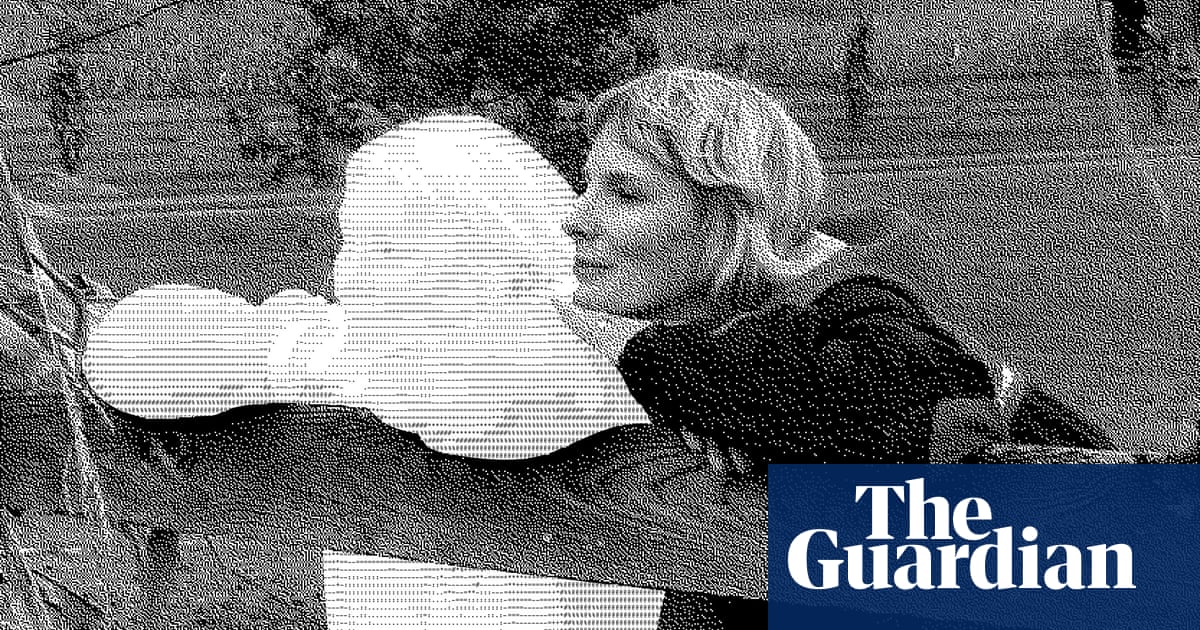
For many of us, the idea of being broadcast while in therapy is nauseating. Sitting opposite a complete stranger – who is seeking access to your inner world – can be scary. It can involve revisiting the difficult histories of our lives and doing the uncomfortable work of building self-awareness, exploring how certain experiences may inform our thoughts and behaviours. It’s not easy – especially if it’s your first time.
In a new BBC Three documentary Tough Talking, however, actor and musician Kema Kay invites viewers to be a fly-on-the-wall at his first therapy experience. The star of I, Daniel Blake moved to Newcastle with his family from Zambia at the age of three. As a boy, racial abuse in the city’s west end made him feel isolated. He struggled with a sense of belonging, compounded by delays to his immigration case. When Kay was a teenager, his mother returned to Zambia with no explanation. He desperately yearned for her return. She later died – causing him to fall apart.
Kay has been carrying these traumatic experiences for many years. He went to see his GP because low mood and anxiety was making life feel very difficult for him – the options were antidepressants and/or therapy. Given that he was already in contact with a production company, they discussed filming his experience and after meeting a few therapists, he chose CBT therapist Hayley Tyson-Adams. His connection with her is evident. Her soft northern lilt and gentle, attentive manner makes her feel like a safe presence. Eight sessions were condensed into a 30-minute show, so we’re missing a lot of content. But watching Kay explore the painful theme of abandonment and, with Tyson-Adams’ guidance, building an awareness of his thought and behaviour patterns, is compelling.
Tough Talking joins a range of multimedia programming that invites the public into people’s real-life therapy sessions. Belgian-born psychotherapist Esther Perel pioneered the genre with her podcast, Where Should We Begin?, in which she counsels real-life couples in distress. When it first launched, bearing such close witness to the intimate details of people’s conflicts felt revolutionary. Her feverishly dedicated audience can’t get enough. Other real-life therapy podcasts have launched in its wake, such as Audible’s Sex Therapy, which started in April.
In 2022, the BBC snapped up the 2019 Showtime series Couples Therapy, which chronicles the New York psychoanalyst Dr Orna Guralnik’s treatment of a diverse range of couples wanting to save their relationships. The show – and Guralnik herself, with her magnetic gaze and generous intellect – gained a cult audience overnight. Other shows such as Blue Therapy, an explosive YouTube reality series of two couples in therapy, have amassed millions of views (despite questions over its authenticity).
As a therapist myself, I wonder how the presence of cameras and the idea of who is “in the room” (potentially hundreds of thousands of people) affect therapy – which is such a vulnerable process. I also have concerns about how participants’ safety is considered. According to Kay, this was a prime consideration for the making of Tough Talking.
“I interviewed people on the team about their motivations. But the production team took my safety seriously,” he says. “The cameras were hidden on shelves; there was no one in the room.” After some initial discomfort, he felt able to give in to the process: “After a while, I forgot the cameras were there.”
Tyson-Adams was similarly concerned about the show’s motivations – both on the producers’ and Kay’s part. She met with them all individually to assess how Kay would be looked after. “I went in and said: ‘Therapy first, TV second,’” she says. “I just wanted to go in and do my job.” I wondered how the presence of cameras affected her ability to connect with Kay. Therapists are constantly working in the moment to “bracket off” their own distractions and remain present. Like Kay, Tyson-Adams was able to “tune out” the cameras. In therapy training, you have to do many filmed sessions for assessment. She says that this made filming Tough Talking “less odd” than you might think.
The rise of fly-on-the-wall therapy shows is a curious phenomenon, because what happens in treatment is supposed to stay there. In our hyper-connected age of oversharing, the therapist’s room is arguably one of the last private refuges. The guaranteed confidentiality can feel holy. But there is something undeniably seductive about being let into an experience usually shrouded in privacy.
There is a charged relationship between the viewing (or hearing) public and these patients. Sitting on our sofas, we can project our own distress on to the people baring their souls to us, and maybe gain insight into our own difficulties. Kay was driven by this idea.
“I always like to feel like what I’m doing has some purpose,” he tells me. “I want my work to feel productive and like it’s helping people.” In the process of helping himself, he figured he might “start some conversations” about what therapy can actually do for people. In a quote for a New Yorker profile of Guralnik, one of her Couple’s Therapy patients, Elaine, expressed something similar: “Aside from us being able to save our marriage, the highlight would be if we could help someone.”
There is a scene in Tough Talking when Kay is at dinner with his friends. Their curiosity about Kay’s therapy experience opens a bigger conversation about the stigma that still surrounds therapy in many communities. “Friends I’ve known since childhood had so many questions. You know there’s a stigma but you don’t realise how big it is. Their biggest thing was wondering how a therapist would relate to what they’re going through,” says Kay. “I remember thinking: ‘How could a white woman relate to my experience?’ But it was actually beautiful how different we were and how much it worked.”
Tyson-Adams reflects on these very real concerns that both client and therapist might have. “I wondered if Kema would feel I could connect with him,” she says. “I can’t pretend I know what it’s like being a young black man living in Newcastle, or England not being the first country he’s lived in, or the experience of racism. But it’s OK to say, ‘I don’t know what that’s like’, rather than making assumptions. The mistake is to pretend that you understand.”
Exposing the therapeutic process may divide professionals in the field. I’ve heard other therapists be disparaging, because they feel it chips away at the singularity of the experience. I’m not sure I agree. If people hold preconceptions about what therapy is about (lying on a couch, free-associating to a mute figure behind them, say), then it may be helpful to see how active the process is. “I often see people who have misconceptions from what they’ve seen in films or on TV,” says Tyson-Adams. “But it’s not just that we sit in silence. People come in and have a reflective experience.” It’s obviously worked for Kay, as he’s still in treatment with her.
I do have some concerns about the experience of therapy being portrayed in this new genre. In the UK, it is increasingly true that only the middle class and the well-off can access long-term therapy. Poorer people are reliant on a system that offers limited sessions, with approaches that are often met with criticism – once they’ve stuck out the waiting list to get there. But, clearly, the public’s appetite for listening to, or watching, people turn their emotional worlds inside-out, is firmly whetted.
Therapy: Tough Talking is on BBC iPlayer now.












